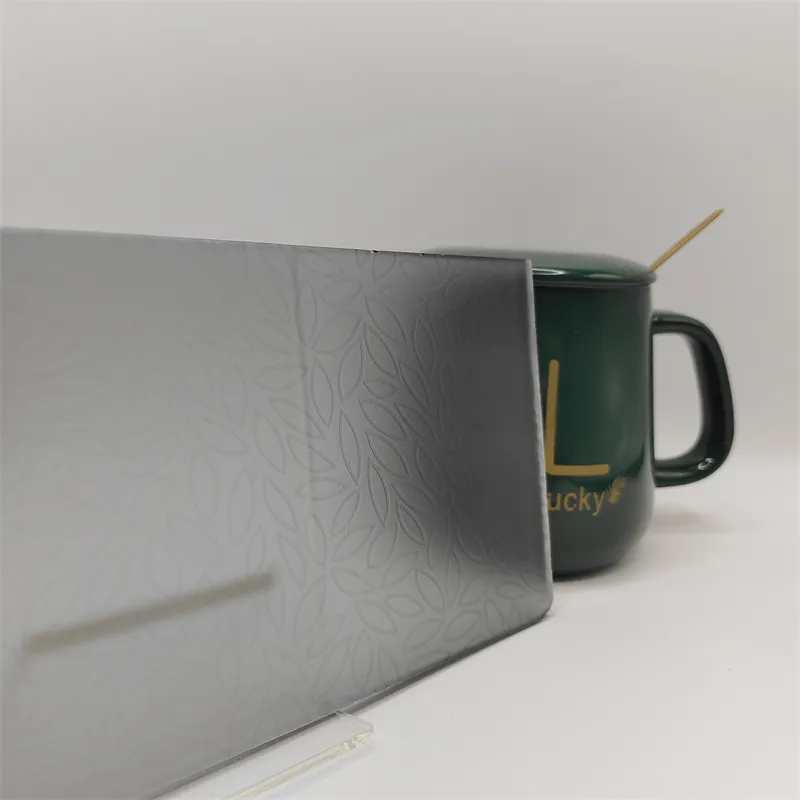Nov . 23, 2024 22:32 Back to list
laminated glass and toughened glass
Laminated Glass and Toughened Glass A Comprehensive Overview
In the realm of architectural design and construction, the choice of materials plays a vital role in ensuring both aesthetic appeal and structural integrity. Two prominent types of glass that are frequently utilized in various applications are laminated glass and toughened glass. Understanding the unique characteristics, benefits, and applications of these materials is crucial for architects, builders, and end-users alike.
What is Laminated Glass?
Laminated glass consists of two or more layers of glass sandwiched together with a specialized interlayer, typically made of polyvinyl butyral (PVB) or ethylene-vinyl acetate (EVA). This interlayer is subjected to heat and pressure, resulting in a single cohesive unit. One of the primary advantages of laminated glass is its ability to hold together when shattered. The interlayer prevents the glass shards from breaking apart, thereby minimizing the risk of injury and enhancing safety. This quality makes laminated glass an ideal choice for applications where safety is paramount, such as in car windshields, skylights, and glass facades.
Additionally, laminated glass provides excellent sound insulation and UV protection, making it suitable for residential and commercial settings alike. The interlayer can block up to 99% of harmful UV rays, helping to protect furniture and flooring from fading.
What is Toughened Glass?
Toughened glass, also known as tempered glass, undergoes a rigorous manufacturing process that involves heating to high temperatures followed by rapid cooling. This treatment increases its strength and thermal resistance, making it several times stronger than standard glass. When broken, toughened glass shatters into small, blunt pieces rather than sharp shards, vastly reducing the risk of injury.
The thermal stability of toughened glass makes it suitable for applications subjected to extreme heat variations, such as shower enclosures, glass doors, and windows in high-rise buildings. Its ability to withstand sudden temperature changes also makes it a preferred choice for kitchen countertops and high-heat environments.
Comparing Laminated and Toughened Glass
laminated glass and toughened glass

While both laminated and toughened glass provide enhanced safety features, their applications and benefits differ significantly. Laminated glass excels in areas requiring sound insulation and safety from breakage, such as in schools, hospitals, and residential buildings with large glass panels. On the other hand, toughened glass offers superior strength and thermal resistance, making it ideal for high-impact environments.
Laminated glass is also more adaptable in terms of aesthetics; the interlayer can be tinted or made opaque, providing a variety of design options. In contrast, toughened glass is often seen as more utilitarian, favoring clarity and strength over intricate design possibilities.
Applications of Laminated and Toughened Glass
Laminated glass is widely used in applications that demand safety and security, such as
- Automotive Glass Windshields and side windows benefit from the impact resistance of laminated glass. - Buildings Large glass facades, skylights, and soundproofing windows often utilize laminated glass. - Bulletproof Windows Higher-grade laminated glass is used in security applications, including banks and government buildings.
Toughened glass finds use in
- Shower Screens Its ability to endure high moisture and heat makes it perfect for bathrooms. - Glass Tables and Countertops Toughened glass stands up to everyday wear and tear. - Building Facades Its strength allows it to be used in high-rise buildings where large glass panels are necessary.
Conclusion
In conclusion, both laminated glass and toughened glass hold significant value in construction and design. Their unique properties allow architects and builders to create safer, more durable, and aesthetically pleasing structures. By understanding the strengths and best applications of each type of glass, stakeholders can make informed decisions that enhance the overall quality of their projects.
-
Safety and Style with Premium Laminated Glass Solutions
NewsJun.24,2025
-
Reinvents Security with Premium Wired Glass
NewsJun.24,2025
-
Premium Float Glass Line for Modern Architecture
NewsJun.24,2025
-
Low Emissivity Glass for Energy-Efficient Architecture
NewsJun.24,2025
-
High-Performance Insulated Glass Solutions for Modern Architecture
NewsJun.24,2025
-
Elevates Interior Style with Premium Silver Mirror
NewsJun.24,2025
Related PRODUCTS














